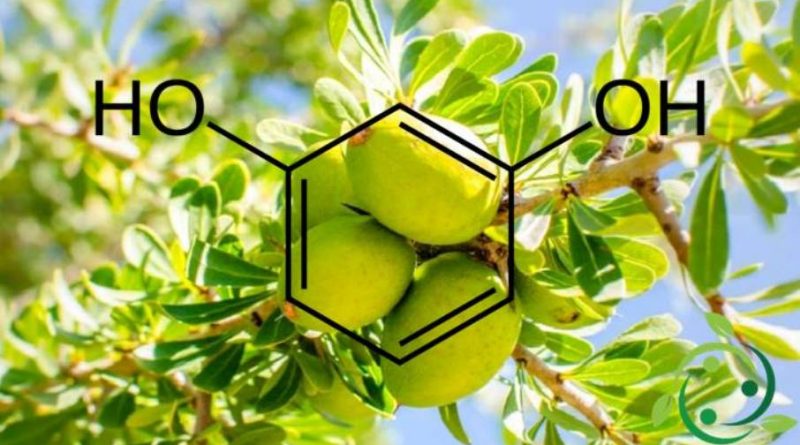Resorcinol
Resorcinol
Resorcinol, or m-hydroquinone, whose term in the IUPAC nomenclature is: 1,3-dihydroxybenzene and whose brute or molecular formula is: C6H4 (OH) 2. It is also known by the names of resorcinol, m-dihydroxybenzene and methadiphenol.
Resorcinol, at room temperature, is a white-transparent crystalline solid, with a sweet taste and an unpleasant smell. It is a harmful, irritating, dangerous substance for the environment.
The term resorcinum owes its name to the similarity with the orgin which is an organic compound, present and variously combined in many types of lichens.
Resorcinol is obtained from natural sources through the distillation of some tropical woods, or from the treatment with soda of some plant resins and exudates (galbanum, assafetida).
It is possible to obtain resorcinol, synthetically, through the fusion of benzene derivatives, such as 3-iodophenol, 3-phenolsulfonic acid or 1,3-benzendisulphonic acid with potassium carbonate. In addition, other benzene compounds that are ortho- and para-substituted, such as bromophenols, if fused with potassium hydroxide generate resorcinol.
It can be obtained starting from aminophenols by the action of nitrous acid and subsequent hydrolysis, or starting from 1,3-diaminobenzene by the action of hydrochloric acid.
Resorcinol is one of the main natural phenols present in argan oil.
Resorcinol has antiseptic properties and is used in dermatological preparations, including as an antifungal for topical use. It is used in aesthetic peeling products (Pascher’s paste and Letessier paste), at least 30%. In these concentrations the resorcinol causes the total detachment of the stratum corneum but also causes irritative or vasodilation side effects.
Still as an aesthetic product, it is used as a lightening and depigmenting agent, usually in a 1% concentration, as a substitute for hydroquinone.
We also find it present in topical treatments against acne, around 2% and in treatments under medical prescription at higher concentrations.
Resorcinol, in general, is used as an antiseptic and disinfectant, as an intermediate in the synthesis of pharmaceutical products, in the formulation of adhesives for polyamides, in hair dyes, shampoos and hair lotions, in the products used for the treatment of acne, eczema and other dermatological problems.
Resorcinol is also a component used in the manufacturing process of tires and elastomers and used in analogue photography as a detector for black and white film.
Warning: the information given is not medical advice and may not be accurate. The contents are for illustrative purposes only and do not replace medical advice.

